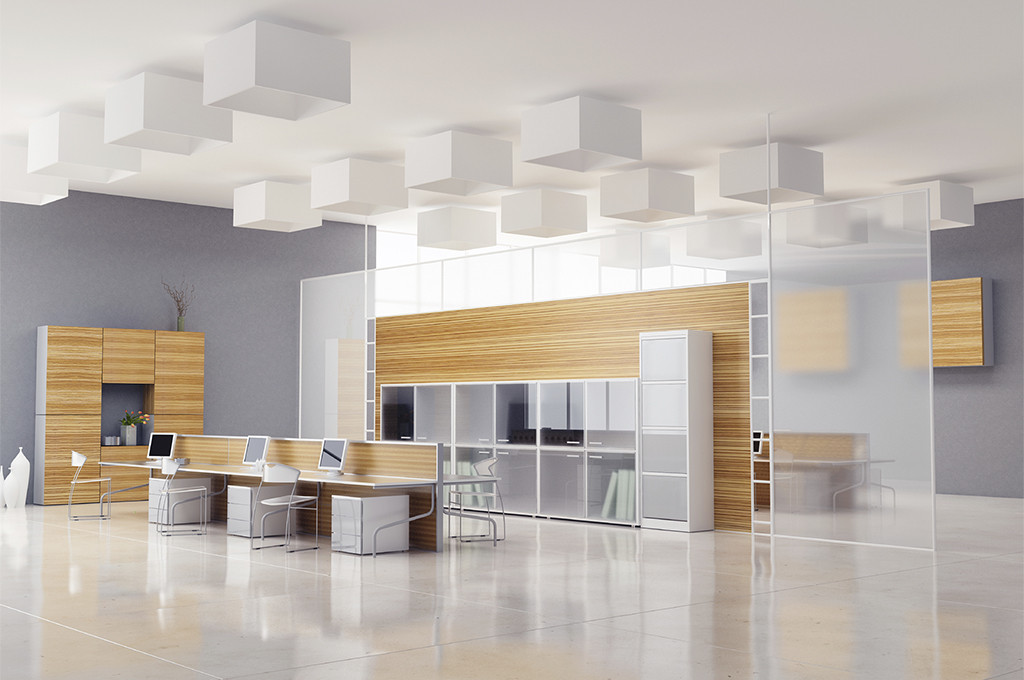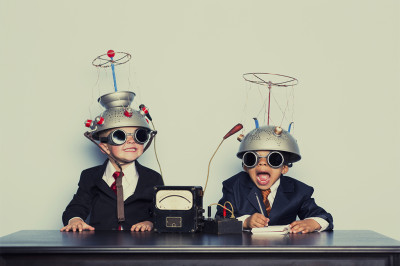Welcome to the third in a series of four blog posts aimed at explaining how to attract and retain Millennials by examining workplace attributes. In my first post, I explored the macro business shifts that created the current business climate Millennials find themselves operating in. In my last post, I explained some key learnings about Millennials that numerous studies have revealed. In this post, I’ll explore the workplace attributes that help organizations attract and retain their future workforce.
Plus: What studies reveal about Millennials | Business climate for Millennials
Many smart people have cultivated an understanding of the attributes that make a great workplace. Keith Perske, a thought leader in workplace innovation, breaks down workplace attributes into six distinct buckets. Each contributes to engaging and connecting the employee to the enterprise. These six components include:
- Workplace: Layout of the office including its space and architecture
- Technology: IT infrastructure supporting the work
- Human Resources: Policies supporting the people who do the work
- Culture: Values and ideals driving the work
- Wellness: Amenities and other provided support within the environment that contributes to overall worker health and wellness
- Brand: How the brand connects the company and the product to the space and the people within it
We will explore all of the components, providing examples to illustrate their importance not only to Millennials but to all people in general.
Plus: Are Millennials renters by choice? | Community ‘living space’ and the progressive retail experience
Workplace: The existing academic literature regarding how best to lay out space to maximize productivity is both expansive and exhaustive — and well beyond the scope of this blog post. However, a few key points: Architecturally speaking, ceiling height is important as it primes us for feelings of freedom and creativity. Also, regardless of the desk sharing ratio you implement (or don’t, for that matter), insist that every person be assigned a space, either a specific desk or a “neighborhood” of desks workers can call their own. This leads to greater employee engagement. Clearly, there are other considerations, but these two related to workplace are key.
Technology: Every worker in the knowledge economy, regardless of generational cohort, requires technology to perform work. How the company supports this within the workplace — and out of the workplace for that matter (either at the employee homes, client workplaces or some other third-party space) — is key to attracting and retaining employees. There is a big difference between shackling employees to a desk for lack of Wi-Fi in the workplace and providing employees with laptops, Wi-Fi, smartphones and the like, empowering them with the freedom to work from wherever they need in order to get the job done.
Human Resources: Related to empowering employees to produce their best work are the human resource policies supporting and incentivizing these behaviors. HR policies that provide for a flexible work schedule, create a sense of community, equitability and transparency, and empower employees to work from where they need without incurring negative effects are key to attracting and retaining Millennials.
Culture: It’s intuitive and generally accepted that people want to work in places and for companies that align who they are with what they do. Creating a workplace that is positive and energetic, where leadership is exemplified and on display, where gossip and negativity are not tolerated, where team members believe that the team is more important than the task, and where communication is strong and change is welcome, is a strategic objective that the workplace helps to define. To do so requires inclusion of all team members, strong values and ethics, and clear leadership. Exemplifying these ideals via the design of the workplace is a tactic that can be employed in support of creating a strong, positive culture. For examples, look to some of these companies that have designed some inspiring workplaces.
Wellness: Access to natural light, ergonomic furniture, clean air, water and food — these are the things that nurture us and make us productive. They are also the things that today’s workers are expecting to be provided in the workplace. Without them, you will lose your talent, the work they produce and, in the case of Millennials, your future workforce.
Brand: Like culture, this is one of the more ethereal and less concrete of the workplace components. But your company’s brand made manifest via your workplace is critical to attracting and retaining Millennials. If you are able to translate what your brand means to you and your customers by how you build and design your workplaces, you provide your company and employees a comparative advantage and engage your employees.
In our next post of this series, we will explore some alternatives and reimaginings of the traditional office that still exhibit these workplace attributes but do not fit traditional real-estate operating models and conventions.
Ron is Managing Director of Strategy & Innovation for Corporate Solutions for Colliers International in the Americas. Connect with Ron on Twitter or LinkedIn. In his spare time, he runs … around the house after his infant daughter.

 Ron Zappile
Ron Zappile

 Colliers Insights Team
Colliers Insights Team
